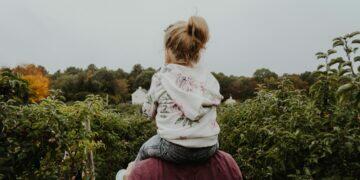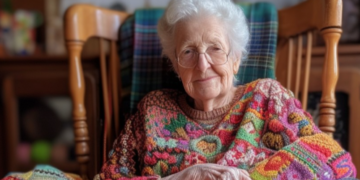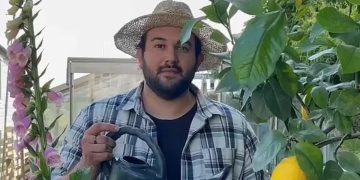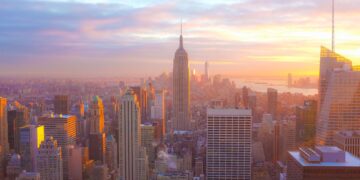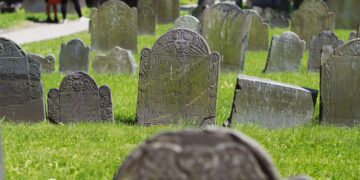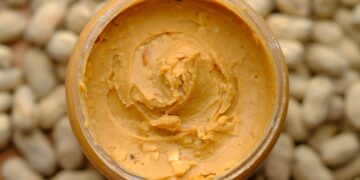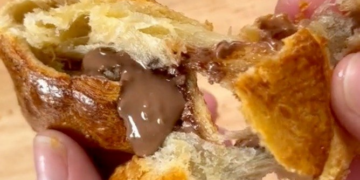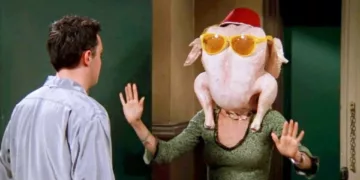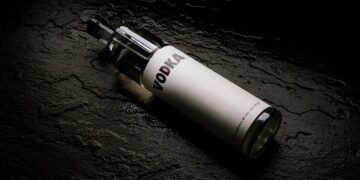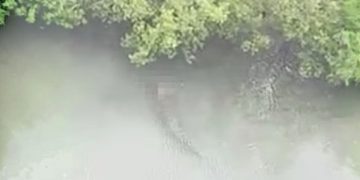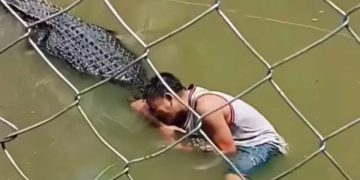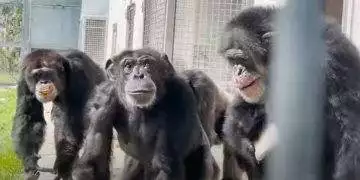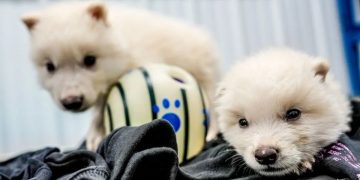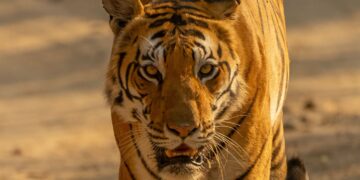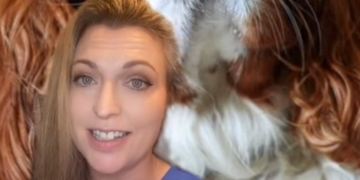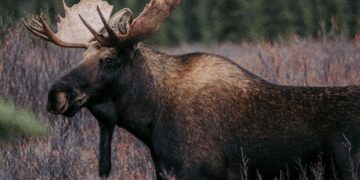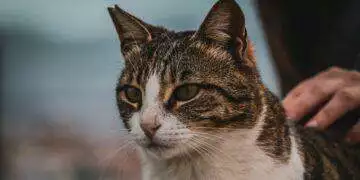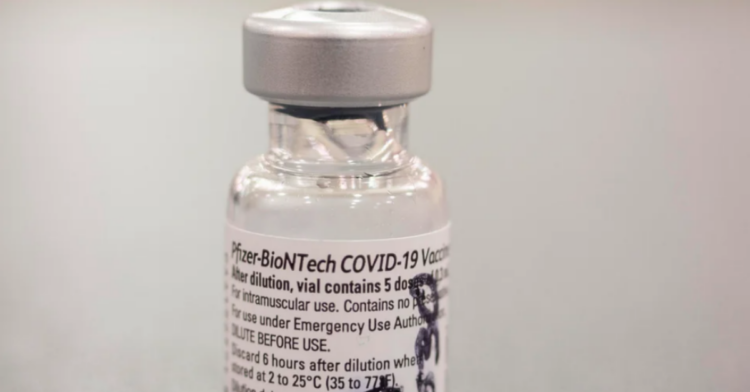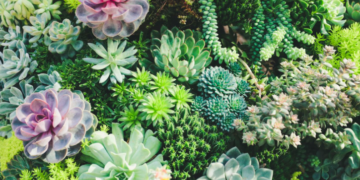Over the past year, people throughout the world have found themselves locked in an anxious waiting game.
At first, we were waiting for the development of a viable vaccine that could protect us from the unpredictable effects of COVID-19. And although not one, but three of these vaccines have since been approved for use in the United States, most Americans nonetheless still find themselves waiting.
As is the case in other parts of the world , existing vaccine supplies are being set aside for those considered most vulnerable to COVID-19 exposure such as essential workers, older adults, and those with underlying health conditions.
However, we can now say that this is true in all but one of the nation’s 50 states following a recent announcement from the government of Alaska.
As of March 9, Alaska has made everyone over the age of 16 who lives and works there eligible for a COVID-19 vaccine.

As Good Morning America reported , this announcement came directly from Governor Mike Dunleavy and the age cut-off was based on the minimum age authorized by the Food and Drug Administration for receiving the Pfizer-BioNTech vaccine.
Speaking at a press conference, the state’s chief medical officer Dr. Anne Zink said, “This does feel like a gigantic milestone in so many ways to get to the point where we can offer protection for anyone who wants it in the state.”
Prior to this announcement, Dunleavy had experienced his own bout with the coronavirus, which he described as underscoring his own desire to be vaccinated.

According to NBC News, his case did not result in a life-threatening illness but influenced a new need within him not to impact his family, potentially spread the virus to others, and to simply “be laid up in the house again.”
News of this expansion comes at a time when Alaska has proven itself as one of the leading states for vaccinating its population against the virus.

According to CNN , this is despite the fact that its population of over 731,000 is spread out throughout 660,000 square miles.
Nonetheless, Good Morning America reported that with 170,993 people having received a shot and 119,631 being completely vaccinated, Alaska has managed to provide 41,376 doses per 100,000 people. This makes it one of just two states to exceed 40,000 doses by the metric, the other being New Mexico.
Part of this success has to do with the fact that Alaska already has long reinforced its public health system because of its size and susceptibility to inclement weather.

As CNN reported, its system is described as a “hub and spoke” model in which the Department of Health and Social Services provides resources to local health care organizations.
Since those local providers could find themselves in widely different natural circumstances depending on where in Alaska they are, they are empowered to use those resources in ways that best serve their residents’ needs.
Counter-intuitively, the fact that vaccine supplies reach Alaska monthly as opposed to the weekly or biweekly deliveries other states receive also presents its own opportunities.
This allows state officials more time to plan their rollout, which often results in less densely-populated areas receiving the entire vaccine supply they need in one delivery.
That hub and spoke model has also made it easier for indigenous groups in Alaska to distribute vaccines among their own independent health systems.

And since these communities have been hit particularly hard by COVID-19 — they’ve experienced about a quarter of Alaska’s cases despite making up 15% of the state’s population according to CNN — they’ve been provided specialized supply loads that take into account infection rates and the remoteness of their communities’ locations.
As Dr. Bob Onders at Anchorage’s Alaska Native Medical Center said, “Having more vaccines and quicker eligibility for Alaska Native people at higher risk is starting to even out the risk of Covid, cases of Covid, hospitalizations and mortality.”
With any luck, that effect could be seen throughout the state’s population now that eligibility for vaccines has been expanded.
h/t: Good Morning America , NBC News , CNN
